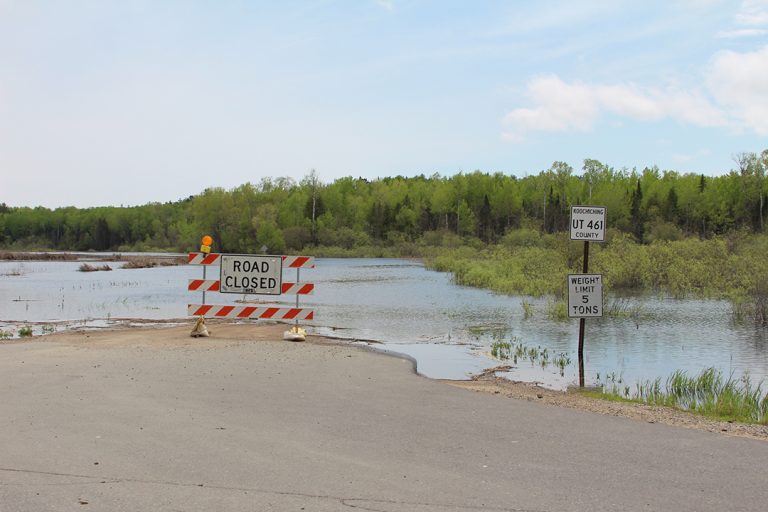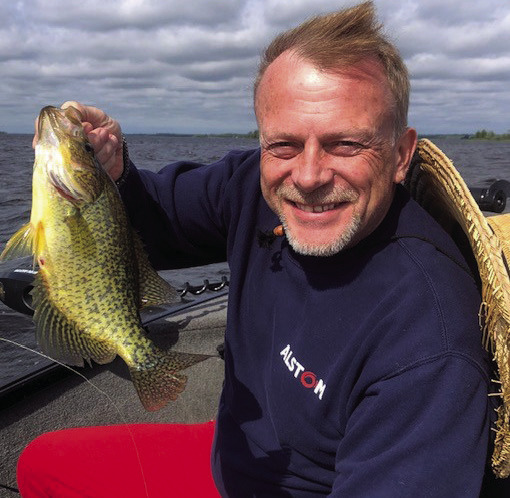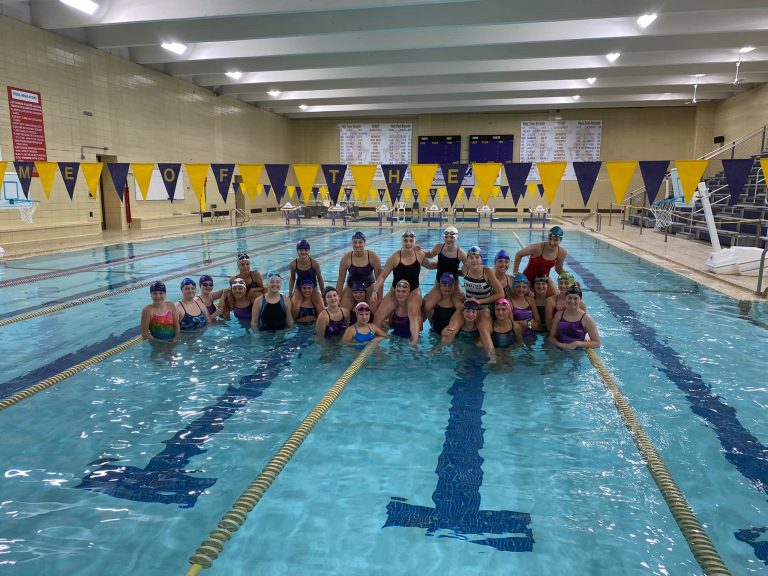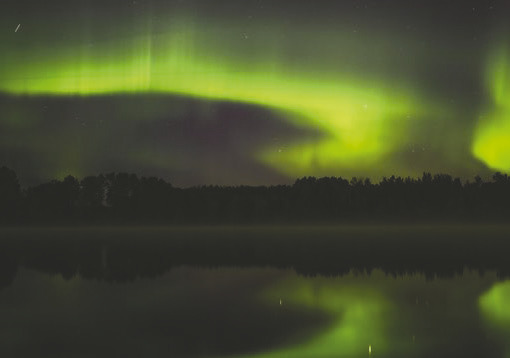This fishing season will be remembered as one for the books with the unprecedented water levels that removed the visual shoreline and changed the overall landscape that anglers were used to. The fish were still there, we just had to work harder to locate them. Because of the unique water conditions, we heavily relied on technology to help out this season. This included GPS, depth finders, under water cameras and side view imaging. These tools made pursuing those fish much more enjoyable. Like a lot of Rainy Lake anglers, I remember the days when anglers did not have the luxury of technology of GPS, electric trolling motors or depth finders to rely on to zero in on unsuspecting walleyes and crappies. Deep reefs went mostly unfished. Our focus was primarily shoreline reefs and weed beds. This style of fishing has remained the same but with the advent of side view sonar the fish can be visually seen as opposed to simply swimming away. This has added another dimension in the pursuit of our favorite game fish of walleye, bass and crappie. Back in the ‘70s, most anglers would fish when they were schooled up in the spring and fall. Now more anglers can enjoy the sport year around because of the technology that allows viewing what’s on the bottom of the lake and all around a watercraft. Years ago, anglers actually kept handwritten journals to notate important fishing information including weather, depth, structure, etc. Now it’s as simple as dropping a waypoint. This technology creates some concern for the fishery and its sustainability to remain the trophy destination it’s always been. Even though I, along with other anglers, struggled locating crappies this summer with the high-water conditions, walleyes and bass were great producers. The general consensus is that the seasonal fishing pattern was running a couple weeks off of the norm. With the high-water conditions, we had more area to cover and if you moved and moved and moved, the fish could be located. Because







